CASE STUDY
Overhead Line
Collision
Avoidance
Key benefits/themes:
Health and Safety, Financial
Project partners:
Northern Powergrid (Lead), SP Energy Networks and UK Power Networks, Open Grid Systems, Sheffield Hallam University and Frazer Nash Consultancy
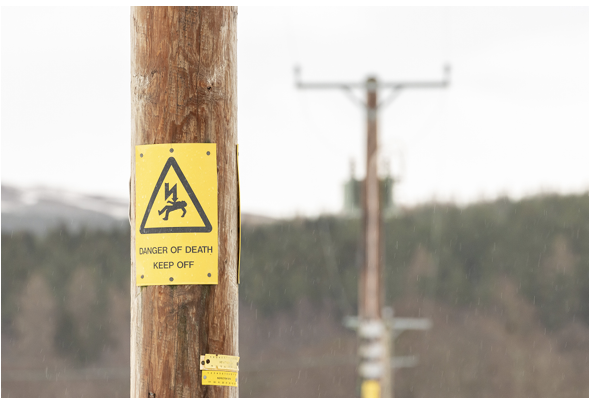
The Challenge
The Overhead Line (OHL) network forms an integral part of electricity distribution and can carry voltages ranging between 230V and 132kV. Network components includes powerline conductors, supports, pole-mounted circuit breakers, transformers, fuses and switches, which are all essential for supplying electricity to customers.
In most cases, OHL conductors are not insulated and - should an object or person come into contact or close proximity to one - the flow of electricity can cause serious injury or death. Additionally, these incidents can cause damage to the network infrastructure which may lead to power outages.
The Solution
The networks involved in this project are seeking to explore and develop an innovative solution that will assist in the prevention of OHL strikes, which are most common within the farming, construction and road haulage industries.
A consortium between Open Grid Systems, Sheffield Hallam University and Frazer-Nash Consultancy put forward a successful proposal to deliver a multipurpose platform and tools designed to mitigate the risk of OHL collisions.
The solutions offered by the platform will provide tools to support individuals who work in close proximity to OHL assets, including those working in the agricultural, farming, construction and haulage industries.
They include:
1. A smartphone app which leverages integrated sensors and data to alert users when they are in close proximity to OHL infrastructure.
2. A mobile sensing app that uses onboard magnetometers and other in-built smartphone sensors to detect electromagnetic fields.
3. A hardware solution for use when working and driving in proximity to OHL assets. This development is supported by laboratory and field measurements to validate the proposed solution.
4. Interoperable APIs to facilitate integration with backend systems.
Project Partners
- Three distribution networks, Northern Powergrid (lead), SP Energy Networks and UK Power Networks are working with innovators, Open Grid Solutions, Sheffield Hallam University and Frazer Nash Consultancy on this project.
In addition to improving health and safety challenges surrounding OHL strikes, progressing the solution from TRL2 to 8 will be a key project outcome.
Frazer-Nash Consultancy’s input into the project will also include a stakeholder and communications strategy to support the overall reduction of incidents and a thorough analysis of historical OHL incidents to identify common causes.
The findings from this work will provide valuable learnings for both networks and innovators, which will guide further developments.
“We’re delighted to be able to lead this project, which will enable us to reduce the impact of outages, whilst at the same time reducing the risk of death or injury to personnel who work in close proximity to overhead line infrastructure. This has the potential to save lives and benefit customers for years to come.”
Andrew Dudman, Safety Engineer, Northern Powergrid
The Project
Following a successful EIC Call for Innovation run on behalf of Northern Powergrid in 2021, an 18-month project was scoped and agreed. The project began in July 2023 and will run until January 2025. It has three distinct stages:
Stage 1: Investigation into smartphone applications for (a) detecting live assets and (b) alerting users to the presence of OHL assets, and analysis of historical OHL collision incidents.
Stage 2: Further development of smartphone apps and development of an onboard OHL detection unit.
Stage 3: Completion of the smartphone apps and backend systems ahead of deployment.
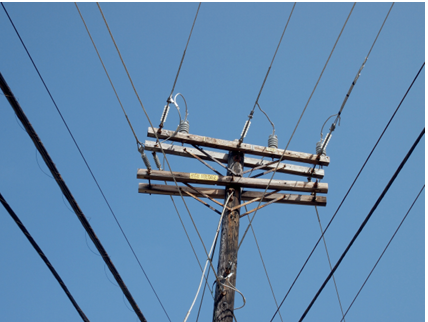
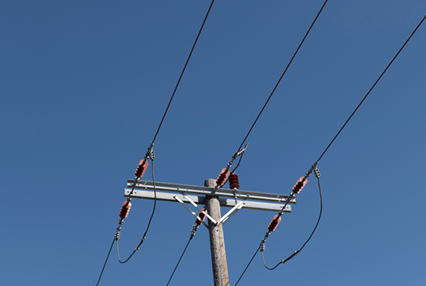
The EIC has facilitated the development of a project plan, the collaboration between the three innovators, and complex legal and contractual arrangements, in accordance with NIA (Network Innovation Allowance) governance. The EIC is now supporting the delivery of the project.
Learnings identified from the project to date include the requirement for regular engagement with external stakeholders and the value of working within a multidisciplinary team.
The Impact
Financial
OHL collisions can result in significant damage to network infrastructure. Repairs can be costly and result in prolonged downtime across the network.
Health and Safety
The project will deliver a series of solutions and learnings which will mitigate the risk of OHL collisions by the public. These solutions will provide health and safety benefits to all individuals, but in particular to those working within the agricultural, farming, construction and haulage industries.
The Project
Following a successful EIC Call for Innovation run on behalf of Northern Powergrid in 2021, an 18-month project was scoped and agreed. The project began in July 2023 and will run until January 2025. It has three distinct stages:
Stage 1: Investigation into smartphone applications for (a) detecting live assets and (b) alerting users to the presence of OHL assets, and analysis of historical OHL collision incidents.
Stage 2: Further development of smartphone apps and development of an onboard OHL detection unit.
Stage 3: Completion of the smartphone apps and backend systems ahead of deployment.
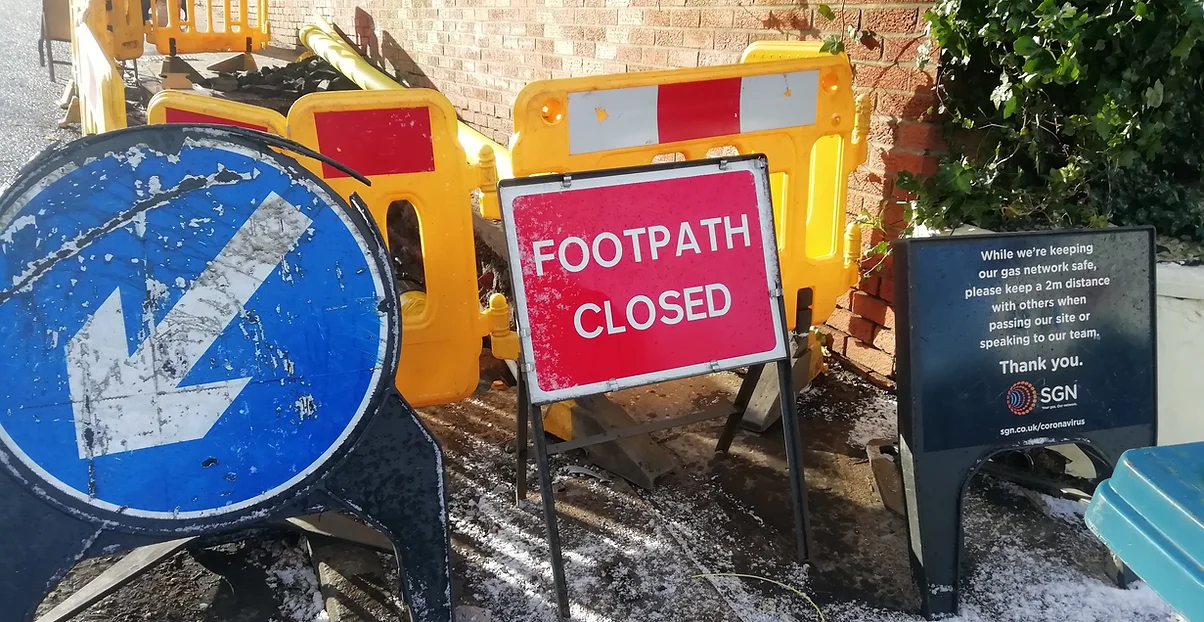
Phase 2 will therefore focus on expanding the tool’s reach by incorporating more partners (networks, charities, suppliers and others) and more data. The use of Artificial Intelligence (AI) and Machine Learning (ML) will generate additional insights and benefits, including improved user experience and data accuracy.

The Impact
Customers
By identifying specific needs in specific areas, the tool allows for more tailored support programmes, enhancing the effectiveness of projects/activities that the networks undertake to support vulnerable customers.
Efficiency
The tool's capability to aggregate multiple datasets into a single platform streamlines decision-making and reduces the time and effort required to identify geographical areas where vulnerability is high.
Financial
By providing a more accurate picture of vulnerability, the tool supports targeted resource allocation and has the potential to offer significant cost savings compared with blanket approaches.
Next steps
The EIC will continue to monitor and support the project to ensure its successful delivery.
Following completion, the learnings and solutions developed will be shared with vulnerable end-users, including workers within the highlighted high-risk sectors.

Download a PDF copy of this case study
Please enter your email and we'll send a copy to you.
Access to the latest opportunities in the industry
Funding support and guidance
Connect and collaborate with innovators in the industry
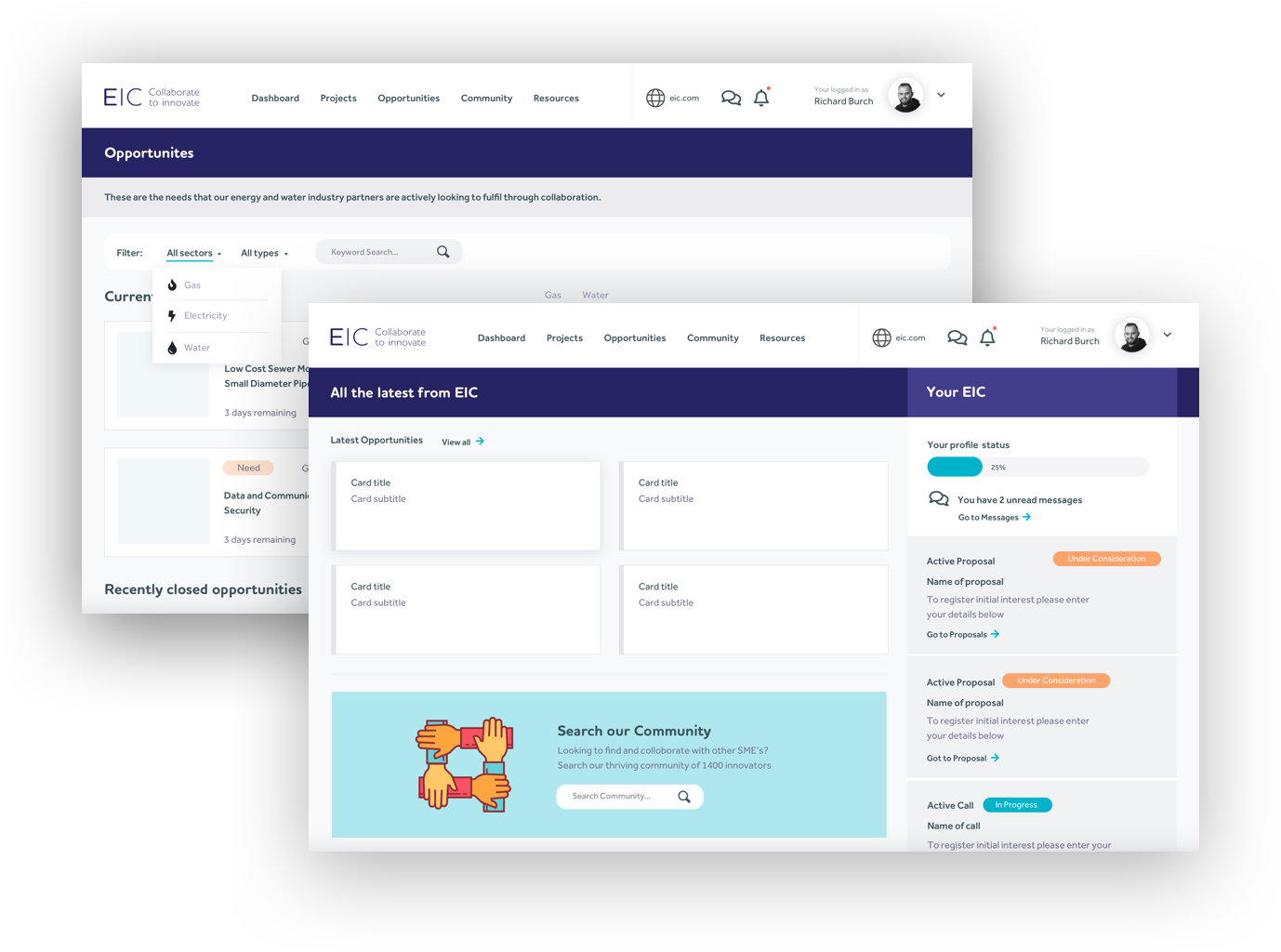
Sign up to our energy innovation hub to take advantage of the benefits and see our innovation opportunities
Access to the latest opportunities in the industry
Funding support and guidance
Connect and collaborate with innovators in the industry

Sign up to our energy innovation hub to take advantage of the benefits and see our innovation opportunities

